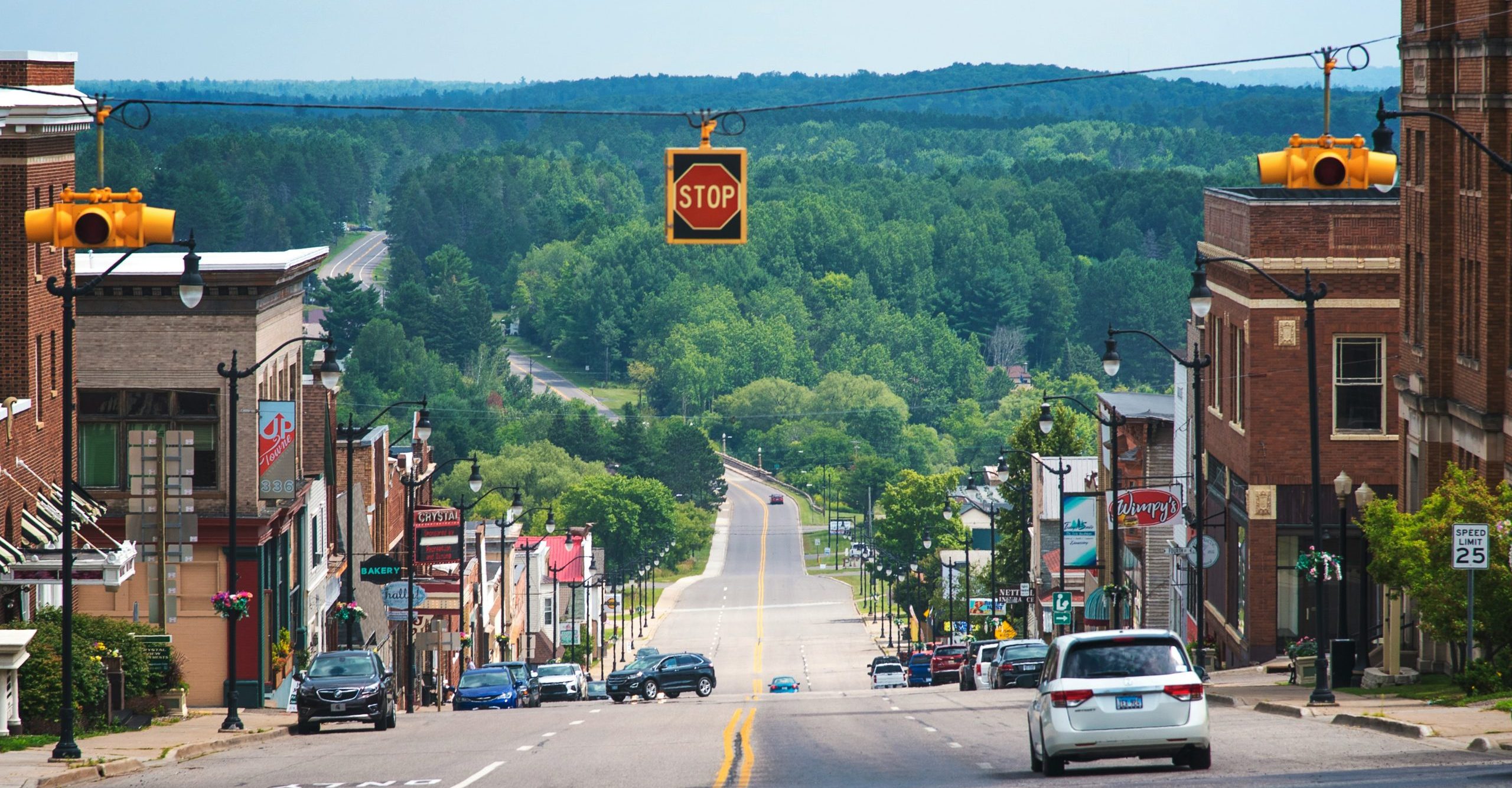Rural America is often associated with picturesque landscapes, farmlands, and small towns, but there’s more to it. The U.S. Census Bureau defines rural areas as regions with fewer than 5,000 residents. These areas account for 97% of the nation’s landmass yet house only about 19% of the population.
That’s some of the easy stuff to measure. The hard part comes in looking at how small towns work. The joke in our little town is that it is run by 30 volunteers and nothing is written down. Sound familiar? That’s not to say we don’t have hard-working paid staff that keep the snow plowed, the school open, and the lights on. However, the reality is that the government, as an administrative function, doesn’t scale well below about 20,000 people. Many of the same tasks such as running a school, collecting taxes, voting, etc. require more or less the same amount of work if you are a community of 50,000 people or a village of 2000. Yes, the paperwork might take longer in a larger community, but it’s not proportional.
Grants are a good example of this. I have worked on grants at both the state and local levels. Local grants take significantly more time to administer compared to the amount of money received. And rural communities typically don’t have the bandwidth to apply for and administer another grant. Many also have matching requirements that dissuade them from even applying. They don’t have the additional money to start with. If all of this wasn’t challenging enough, most rural areas are in a state of decline in some way.
Key Trends in Rural America
In recent years, many rural areas have seen a steady population decline. Most of it is associated with the decline in family farming, but there are other regional issues as well. Many rural areas face population declines due to young people migrating to urban centers in search of jobs and education.
Rural communities tend to be older. I keep looking for the AARP flyers when I go to town meetings. Almost everyone is over 50. And yes, I saw 50 in the rearview mirror some time ago. It’s not bad when you are empty nesters planning your next pickleball game, but the older members of the community have some significant challenges. Roughly 80% of people over the age of 65 have at least two health issues that should require regular medical care. The further we are from care, the less likely we are to seek it out. This often tends to snowball. A significant portion of the rural population is elderly, leading to increased healthcare and social service demands.
Then there are the economic struggles. Job opportunities are limited, with many towns relying on agriculture, mining, and declining manufacturing industries. You can end up with some unusual job patterns where younger adults are either taking care of the older adults or transporting the youngest members of the community to another town because they can’t afford their school anymore. The old models the town was built on don’t work the same way anymore.
A Glimmer of Hope
Some towns are starting to come back based on rethinking the way we have done things. As the family member who sold the farm, it’s a position I wouldn’t wish on anyone. For years it was a matter of more land, more animals, and still not getting by. A new generation is discovering sustainable and regenerative agriculture. Maybe you don’t need to go big, use fertilizer and pesticides. People want fresh, local, and organic. And with supply chain issues, local farming is becoming viable again.
Technology is also making rural life friendlier to older seniors. For about $250 in automation and high-speed internet, the average senior with chronic health issues can probably stay independent in their home for another 10 years compared to a few years ago. This potentially increases the number of interactions with health providers (remotely) that generally result in fewer hospitalizations and lower overall health costs.
Economic development also needs to be looked at differently. The days of finding a big company to move into your town and bring lots of jobs are long gone. With remote work, you don’t need to attract the company, you just need to attract the workers. It’s no longer about offering companies cheap land and tax incentives. It’s about offering residents a quality of life and the unique natural and cultural activities of the region.
We can’t look at rural America the way we did 50 years ago. A lot has changed, and many communities are now playing catch up. The good old days aren’t coming back. We need to view things differently and embrace the changes in how we farm, how we care for people, and where we work. As we start to make changes, this will bring life and revenue back into small towns. It will also bring back a sense of community that many areas have lost. Hopefully, this will keep seniors around longer, so they can hang out at the local coffee shop and tell stories about walking uphill to school both ways barefoot.
Take the time to look at what isn’t working in your community. The solutions may not be traditional or obvious, but they are out there. It just takes a little bit of creative thinking.
Robert Longley is a coach, consultant, writer and avid traveler who lives in the small town of Williamsburg, Massachusetts. When he isn’t writing, painting, kayaking or renovating his kids’ houses, he primarily works with state and local government agencies and entrepreneurs. He writes about the future of work, sustainability and our personal connections. He has also written several poetry books including three for Gold Star Military Families and families of fallen police and firefighters. His poems have been featured on television shows and on various monuments on both sides of the Atlantic. He and his wife have two grown daughters, and an assortment of four legged creatures still living at home.





Leave a Reply
You must be logged in to post a comment.